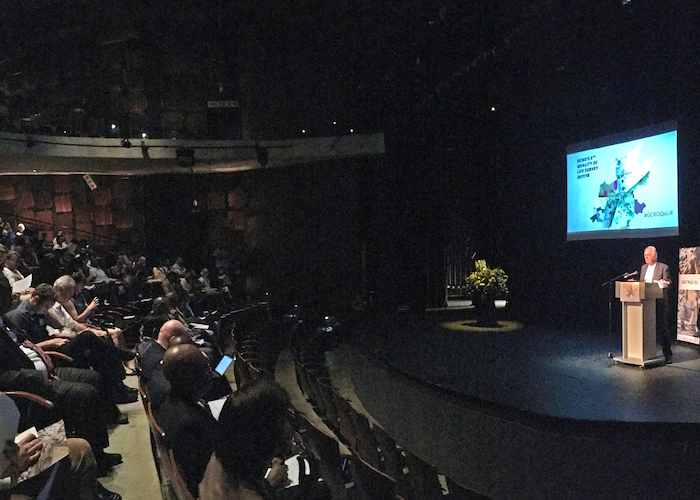GAUTENG, SOUTH AFRICA
Quality of Life in the
Gauteng City-Region: A
Partnership-Based Approach to Understanding Multi-dimensional Wellbeing
Spatially and Temporally, In a Context of Deep Inequality

The South African province of Gauteng places the wellbeing of its 15 million residents at the centre of decision making. However, the absence of reliable, regular, local-level data focused on multi-dimensional wellbeing constrains the ability to identify and respond to challenges. Furthermore, without inter-sectoral partnerships and institutional space dedicated to enhancing data use by decision makers, the integration of data into decision-making is often limited. This is where the Quality-of-Life survey lends a helping hand.
Launched in 2009, the survey is conducted every two
years by Gauteng City-Region Observatory (GCRO) – a partnership between Gauteng
province (main financial source), three of its metropolitan municipalities
(additional financial contributions that help increase the outreach to
respondents), and two universities (in-kind support). It is a household-based
survey with randomly selected adults in Gauteng as respondents. It measures
socio-economic circumstances, attitudes to service delivery, psycho-social attitudes, and other characteristics of
residents, as indicators for the quality of life in the city-region. After
completion, the anonymised data and analysis are disseminated in rich visuals
and free of charge for non-commercial use.
The survey is constantly evolving by drawing on
learnings from the previous iteration, in
content, methodology, and presentation of results. It
is well documented in the ten-year review, as well as the challenges
encountered. One such challenge – and a consistent one – is untimely
collection of data, as high inequality, crime, and social distrust make access to respondents difficult. Another is government offices’ uneven
capacity to use the data. This one is addressed through direct conversations
between GCRO and government offices to enhance absorptions of the findings.
The survey is perceived as reliable and trustworthy by stakeholders across sectors. For instance, the vulnerability data has shaped government responses to COVID-19. Its continuity after the ten-year review is proof of its sustainability. It will continue to serve government decision-making to improve the quality of life for its residents. The initiative touches upon all SDGs but is especially relevant to Goal 11 (sustainable cities and communities).


 In Focus | World Cities Day: People-Centred Smart Cities
In Focus | World Cities Day: People-Centred Smart Cities City Stories | Fostering community resilience: A lifeline for the Central African Republic
City Stories | Fostering community resilience: A lifeline for the Central African Republic In Focus | Innovative Education, Empowering Futures
In Focus | Innovative Education, Empowering Futures




















 Tel: +86 020 3780 4434
Tel: +86 020 3780 4434 Email: info@guangzhouaward.org
Email: info@guangzhouaward.org Address: Unit 01-7, 28th Floor, No. 7, Chunrong 3rd Road, Tianhe District, Guangzhou, Guangdong, 510000, PRC
Address: Unit 01-7, 28th Floor, No. 7, Chunrong 3rd Road, Tianhe District, Guangzhou, Guangdong, 510000, PRC




